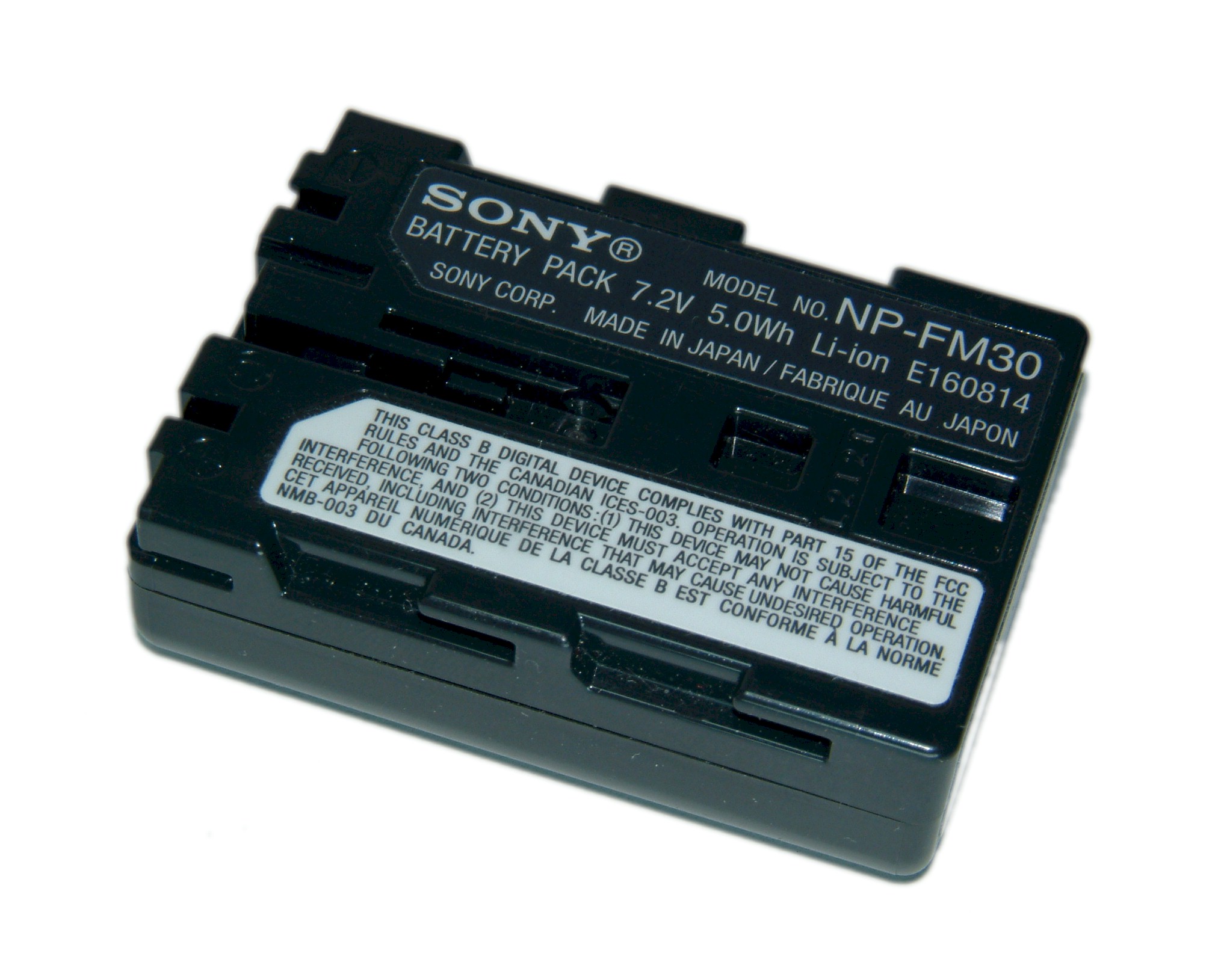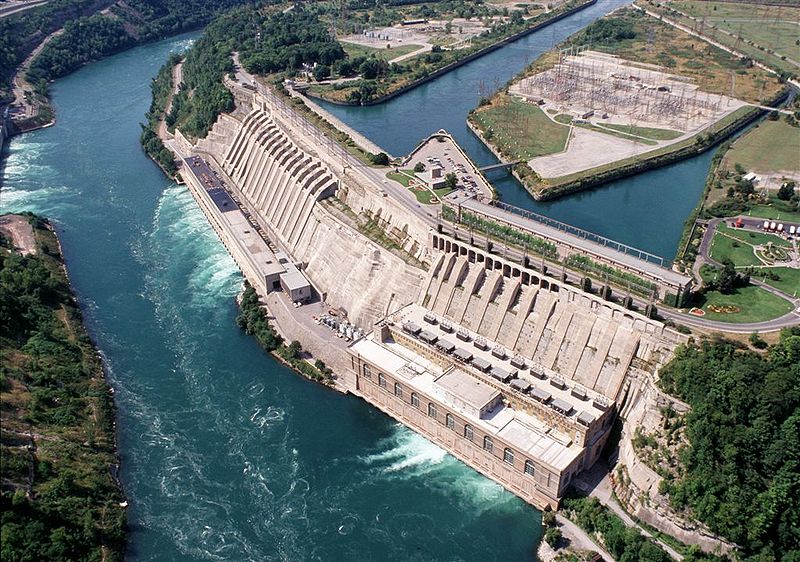In the coming decade the energy sector and our modern electricity grid is going to get a paradigm shift. We are on the brink of a revolution in the way we consider power supply. If Charles Babbage time travels to 2020 he will definitely get startled when he sees our modern super computers, but for someone like Edison or Tesla it will be nothing much new. The energy grid they devised is still in operation, almost everywhere without any significant change. The current grid is inefficient and wasteful. The world needs a renovation of its electricity grid. For the stability and effectiveness of the electricity grid, storage will play a critical role.
Along with increasing energy demands for domestic and commercial applications, the emission of carbon into the atmosphere and Global warming pose a greater concern. Renewables are considered a way to bring down carbon dioxide emission, although the growth rate of emission has slowed down in 2019 due to transition from coal towards mix of natural gas and renewables, the amount of carbon we put into the atmosphere is still significantly high. If we are going to eliminate carbon and shift toward a clean and green energy sector, sources like solar and wind need development.
Question might arise that the data shows increase in solar and wind power usage in 2019, then where is the concern?
The major drawbacks of solar and wind are that they are highly variable sources, not every part of the world receives required amount of sunlight and wind does not blow all the time. And another problem with solar is that as the sun sets we can no more capture this energy but this time is the peak demand time. Hence, gas turbine is used in mix with solar and wind for providing backups, hence carbon emission still exists. Combination of nuclear and renewables for management of oscillation in power demand can be considered for completely decarbonizing the energy grid. Even during the day time when sun is high or in a windy day we do not always need the peak supply of electricity, this results in the waste of extra power captured during this time. As per estimated data 50% wind, 50% solar would have had gaps of up to 18 hours in which renewable sources were not producing enough electricity to meet the high demand, so storage systems would need to fill in.
The only solution is to store the energy from solar and wind during low power demand and use is when demand is high to balance the energy supply or when it's not that sunny or windy. A fundamental transition from the way supply is managed today. Thus, advancement in the energy storage technology is going to play a deciding factor for future of renewables. 100% renewables need lots of storage. Better, cheap and easily manufacturable devices and technology for storing energy will aid in decarbonization of power plants and transportation sector. Since, the price on energy is mostly decided by the energy demand, storing energy for using it whenever demand is high, we can bring down electricity prices.
The recent events of rolling blackouts caused due to heatwaves in California in august 2020, are instances which shows the importance of adequate battery backup systems for renewables. This event has plunged millions into darkness due to shortage in supply during the evening time when solar starts to wane. (Rolling blackouts are a last-resort measure used by an electric utility company to avoid a total blackout of the power system.)
Lithium-ion :The Savior
In 1991, Sony and Asahi Kasei successfully commercialised the Lithium-Ion Batteries, which we find literally in every electronic device in our life. It has radically changed the electronics industry. It's small size and rechargeability makes it compatible for electronics, vehicles, solar and wind farms. Tesla's battery farm in South Australia is a great example of how important batteries can be for taking away fossil fuels off the grid. Batteries allow us to have more control over the energy consumption in domestic and commercial applications.
Tesla’s Powerpack battery system is now connected to a wind farm in South Australia with a capacity to supply 30,000 homes for one hour, which is three times as powerful as any other batteries currently installed. Tesla’s battery is connected to the Hornsdale wind farm, which has 99 turbines with a generation capacity of 315 MW.

Tesla's Powerwall or powerpack are a kind of rechargeable lithium-ion battery energy storage product. It is intended to be used for storing solar energy for domestic usage and stores electricity for time of use load shifting, backup power, and off-the-grid use.
Lithium-ion based batteries are widely used in electric vehicles, they are used because of their high power density although they eventually wear out and such vehicles are expensive also. Tesla Model 3 electric vehicle, the best selling EV in the world uses several of this Lithium-ion batteries to power itself.
Tesla Model-3

Lithium-ion batteries have shown great improvements in storage technologies in the past years in both vehicles and energy storage from renewables but they are still expensive to be used in developing countries for transforming the power grid. Also like any chemical battery the lithium-ion also loses it's power holding capacity over time and there are not much hours of energy that can be stored using batteries (approximately 4 hours at maximum storage capacity).
World beyond Lithium-ion battery:-
Recent growths in storage capacity is due to development of cheap battery systems, but large majority of existing systems which were developed decades ago. In the cheaper end with high power density are Pumped-hydro storage and Isothermal Compressed gas/ air storage. When power output is high and demand is low, the electricity is used to pump water to a high ground reservoir and when required it is made to drive a turbine which converts the potential energy stored in the water to supply back electricity. In compressed gas storage, excess energy is used to store compressed gas inside underground vaults, during demand peaks this gas is depressurized to generate electricity using turbomachinery. They have a very high power density and more duration (at max. for 24 hours if necessary) of energy storage far more than chemical batteries. But then again we need proper geographical locations for such systems. Pumped hydro and compressed gas can also affect the delicate ecosystem adversely.

Fig:- Ontario Power Generation's Sir Adam Beck Generating Complex, by Ontario Power Generation. (Image source)
Other systems include mechanical batteries like the Flywheel energy storage. It uses the rotational energy of a flywheel in a vacuum and friction free containment to store energy. Unlike chemical batteries which only operate for a finite period ( roughly 36 months in the case of lithium ion polymer batteries), a flywheel potentially has an indefinite working lifespan. Flywheels built as part of James Watt steam engines have been continuously working for more than two hundred years. Other examples of ancient flywheels used mainly in milling and pottery can be found in many locations in Africa, Asia, and Europe.

Fig:- Flywheel energy storage system
Future of Storage:-
Full shift towards renewables for sustainable development needs more storage capacity in terms of time and watts. We need efficient and cost effective ways to store energy from renewables. Advanced new generation storage technologies is going to be the holy grail for renewable NRG. Some recent innovative technologies in storage systems are Liquid-air storage and flow batteries.
Liquid-Air storage systems/Cryo-storage uses ambient air to store excess grid energy, it is a kind of cryo-storage system. It uses energy to compress and liquefy air and store it in large insulated container at atmospheric pressure as liquid nitrogen. And heat recovered from the air or other industrial process is stored in another set of containers. When this heat is supplied to the liquid air using a heat exchanger it expands turning back into gas and this expansion is used in a turbine to recover power. This system has a high power density and can be used in grid storage more effectively as compared to chemical batteries. It has a power output of beyond 25 MW and for a duration of much more than 4 hours, which is maximum for a lithium ion battery.
A 300 kW, 2.5 MWh storage capacity pilot liquid-air energy system developed by researchers at the University of Leeds and Highview Power that uses air (with the carbon dioxide and water removed as they would turn solid at the storage temperature) as the energy store, and low-grade waste heat is used to boost the thermal re-expansion of the air, operated at a 80MW biomass power station in Slough, UK, from 2010 until 2014.
The flow batteries fall in between the liquid air batteries and lithium ion batteries in terms of duration and power capacity. (More about flow batteries in upcoming posts.)
The world's biggest battery farm is now operational in California. It is 230 megawatt lithium-ion battery storage farm similar to Elon Musk's backup facility in South Australia but way bigger. State officials say it will take care of the rolling blackouts done to cope with high energy demands during heatwaves.
If energy storage is really destined to transform our current electricity grid for eradication of fossil fuel based energy system then it needs to be economically viable, environment friendly, long duration storage capacity and needs to store enough energy for peak spikes in demand.





0 Comments